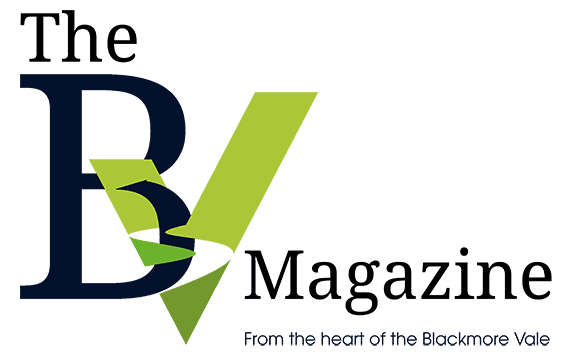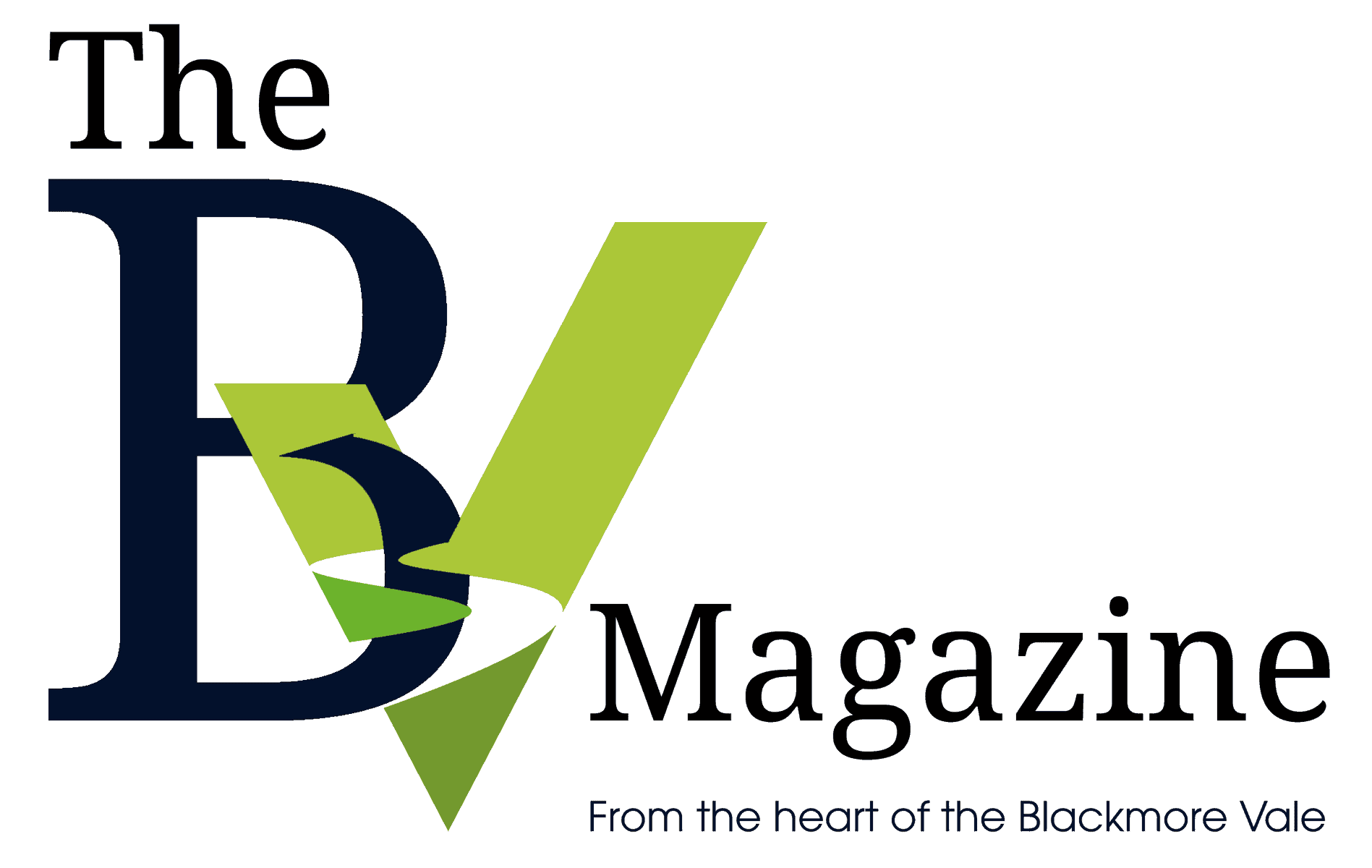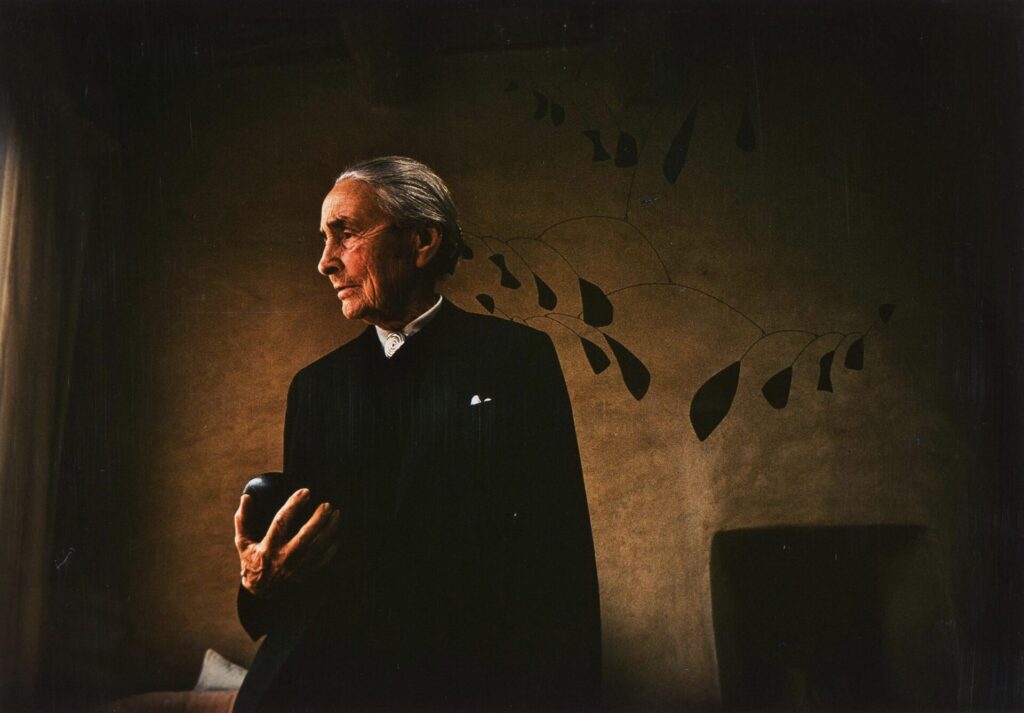
Georgia O’Keeffe has been a feminist icon for many years. Her voluptuous flower paintings have become a visual cliche – but there is so much more to this major artist, who was a leading figure in the American Modernists.
A new touring exhibition, from the Hayward Gallery on London’s South Bank, brings a collection of photogravures of her drawings to Poole’s Lighthouse arts centre gallery, from Thursday 25th January to Tuesday 27th February.
The drawings were produced by the artist between 1915 and 1963, reflecting the development of her art and her position as an important innovator, finding a balance between figurative and abstract, and capturing unique and challenging insights into both the cityscapes of New York and the vast mountainous deserts of the American South West, particularly New Mexico where she lived for much of her long life.
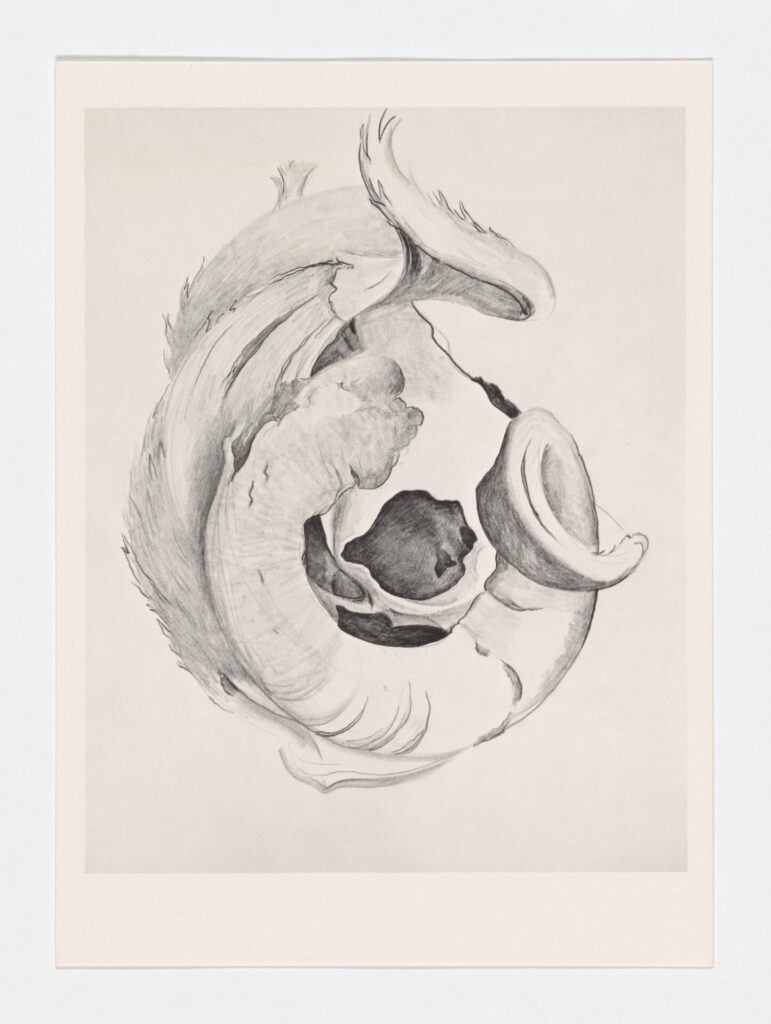
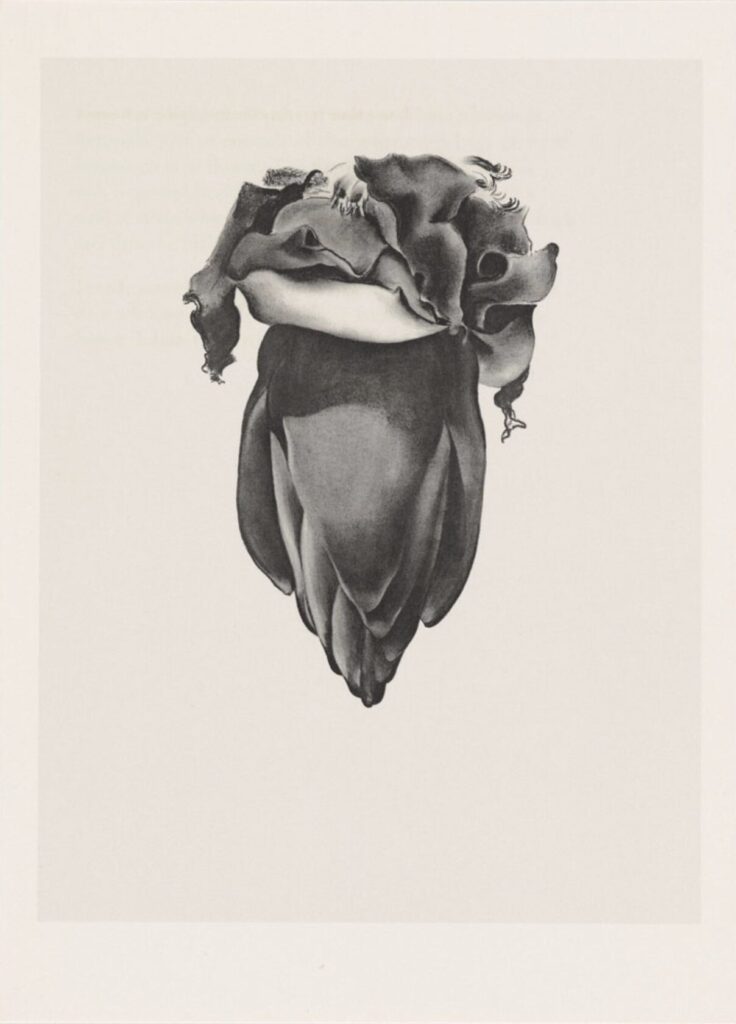
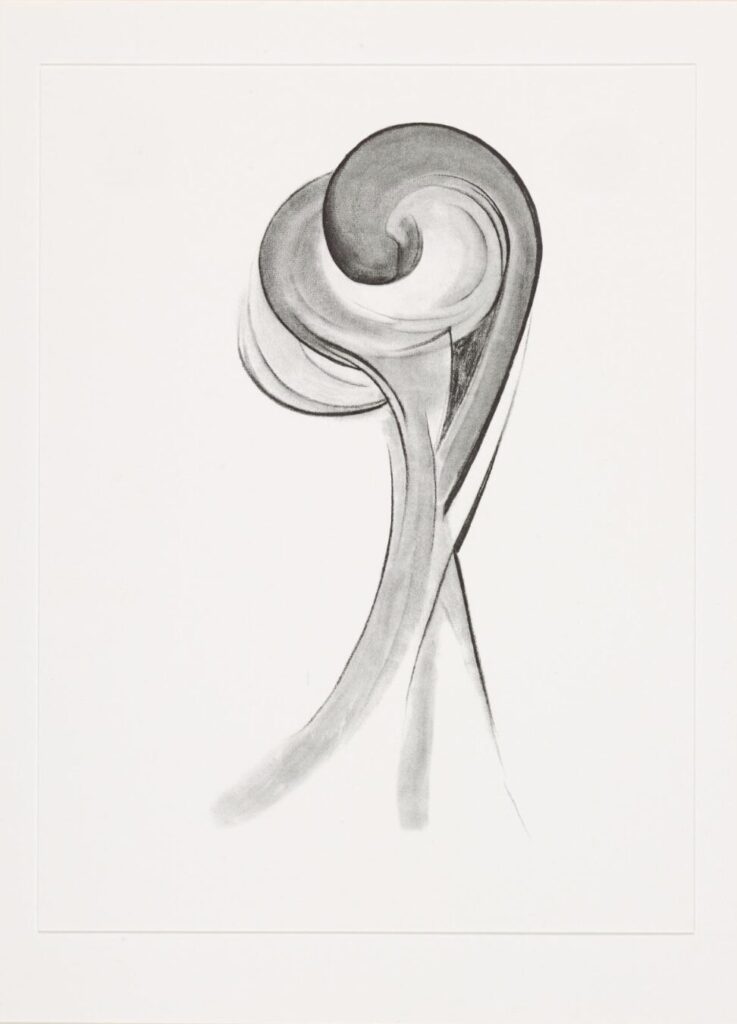
Images from Some Memories of Drawings, 1974 © Georgia O’Keeffe Museum DACS, London 2021
Image 1. Goat’s Horns II, 1945 Image 2. Banana Flower, 1933 Image 3. Drawing No.12, 1917, annotated with ‘maybe a kiss …’ by O’Keeffe
Abstracts and etchings
Born in Wisconsin in 1887, O’Keeffe died in New Mexico in 1986. Much of her work is on view at the O’Keeffe Museum in Santa Fe, although visitors can also go to her home, Ghost Ranch, at Abiquiu, some miles from the city.
She was best known as a painter, but drawing was central to her practice. It was her charcoal abstracts which secured her inaugural exhibitions in 1916-17, organised by the prominent photographer and gallerist Alfred Stieglitz. They later married, but had a famously stormy relationship – he had affairs with other women and she increasingly spent her time in New Mexico.
She used drawing as a language to evoke important moments and emotions – the curve of a flower petal, a desert horizon, the wave of one’s hair or the flow of a winding road. The works in the exhibition at Poole show her distinctive style and chart themes and motifs, from early charcoal abstracts through pencil drawings and watercolours, to the powerful semi-abstract images of animal skulls and horns which she found on the desert near Abiquiu.
Photogravure is a printmaking process that produces etchings with the tone and detail of a photograph through exposure onto a copper plate. The exhibition includes nine prints of her earliest charcoal abstracts alongside photogravures of works originally rendered in pencil and watercolour. Displayed alongside the drawings there are texts about why she made them. They are sourced from a fragmentary but often poetic text that she published alongside the collection in 1974.
